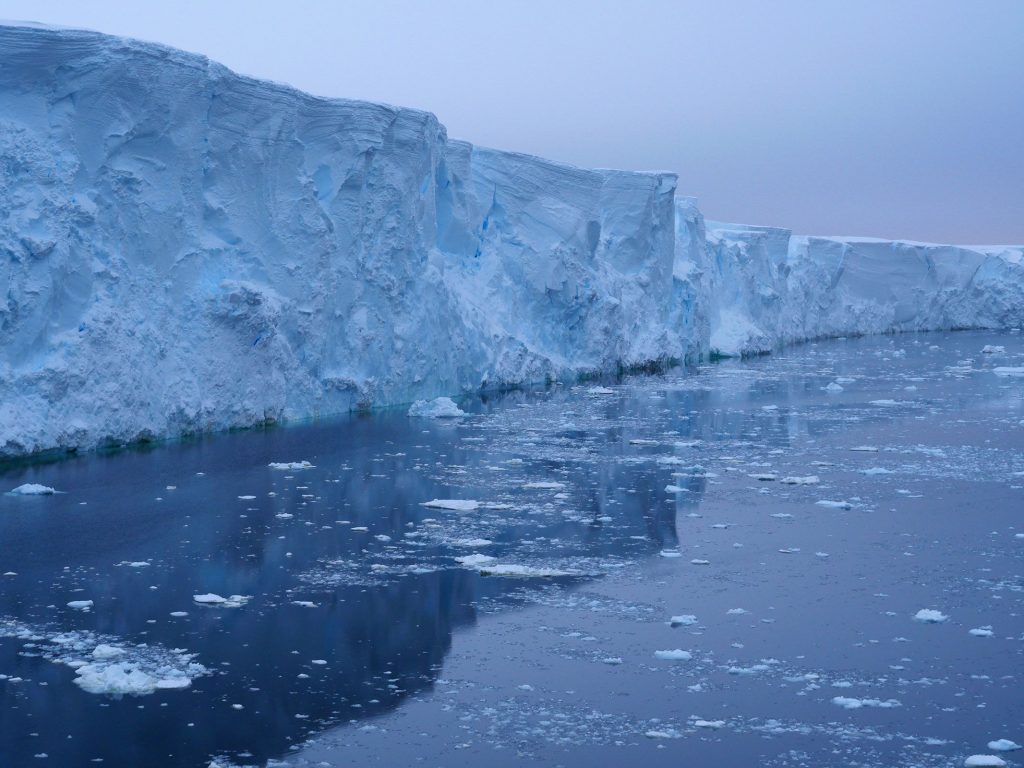In a concerning revelation about Antarctica’s Thwaites Glacier, aptly nicknamed the “Doomsday Glacier,” scientists have uncovered evidence pointing to its rapid retreat since the 1940s. This startling discovery sheds light on the glacier’s ominous future and its potential impact on global sea levels.
The Thwaites Glacier, located in West Antarctica and roughly the size of Florida, has long been a subject of scientific inquiry due to its significant contribution to sea level rise. While researchers had observed accelerated ice loss since the 1970s, the exact onset of substantial melting remained elusive, given the limitations of satellite data.
However, a recent study published in the Proceedings of the National Academy of Sciences has provided crucial insights into Thwaites’ retreat. By analyzing marine sediment cores extracted from beneath the ocean floor, scientists determined that the glacier began its alarming regression in the 1940s. This pivotal period coincided with a powerful El Niño event, a natural climate phenomenon known for its warming effects.
The inability of Thwaites Glacier to recover from this retreat over the decades underscores the escalating impact of human-induced global warming. With billions of tons of ice shedding into the ocean annually, Thwaites already contributes 4% to sea level rise. Should the glacier collapse entirely, sea levels could surge by more than 2 feet, posing grave threats to coastal regions worldwide.
Beyond its immediate implications for sea level rise, Thwaites plays a pivotal role in stabilizing the West Antarctic Ice Sheet. Acting as a cork, the glacier holds back vast amounts of ice behind it. A collapse of Thwaites would compromise the integrity of the ice sheet, capable of raising sea levels by at least 10 feet and triggering catastrophic global flooding.
The findings underscore the urgent need for concerted global action to mitigate climate change and safeguard against the potentially devastating consequences of glacial melt. As scientists continue to monitor Thwaites and its counterparts, the world watches with bated breath, acutely aware of the critical role these icy behemoths play in shaping our planet’s future.
